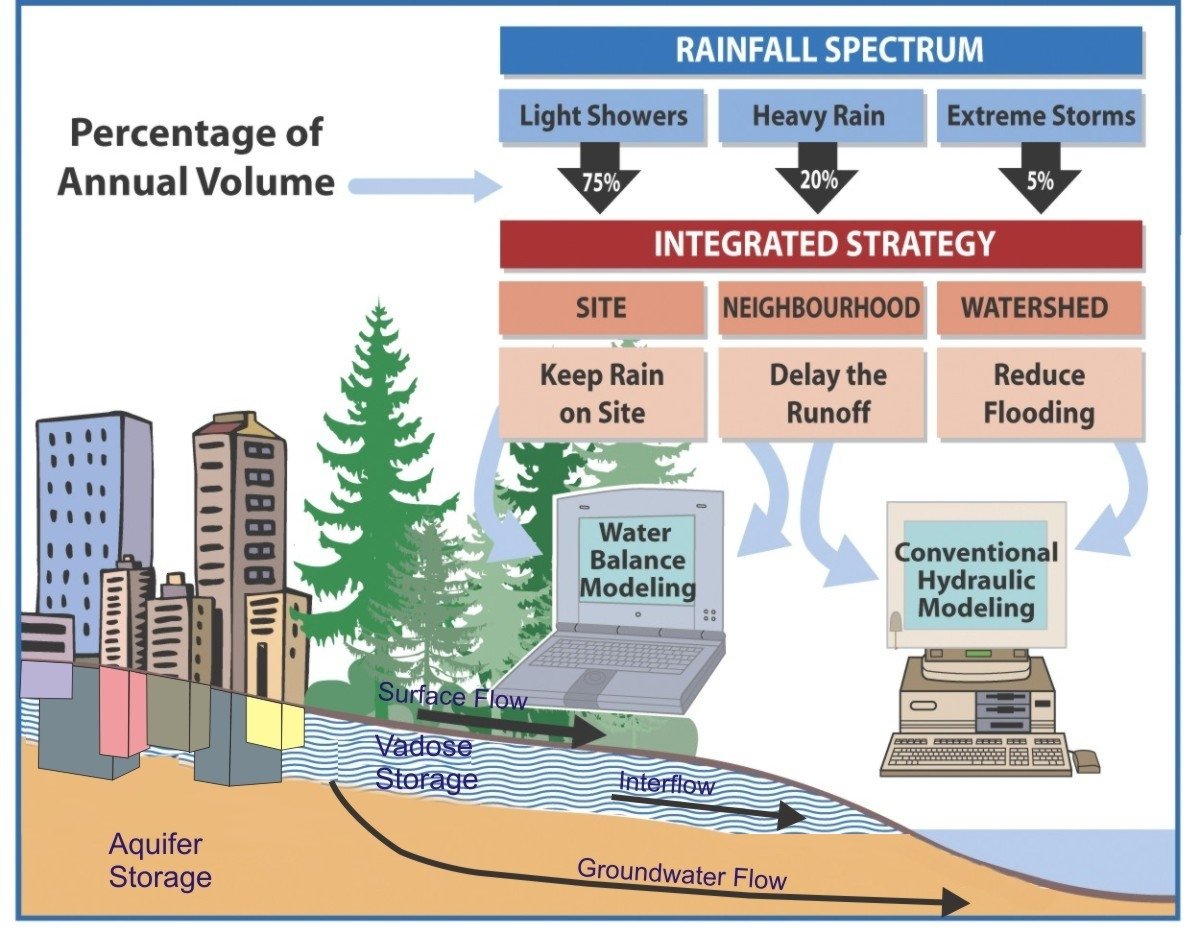Implementing Storage Units for Pond Modeling within a Catchment Area
Introduction: This discussion examines the feasibility of having a pond inside the catchment area, surrounded by higher land, and highlights the advantages of using a storage unit to model a pond for better representation of area, evaporation, and infiltration.
- Pond within a Catchment Area:
1.1. Topographical Characteristics: A pond can be situated within a catchment area, particularly when surrounded by higher land. In this scenario, the catchment area drains into the pond, which acts as a temporary storage for water before discharging it downstream. This type of pond is commonly found in natural settings or may be created for flood control, irrigation, or recreational purposes.
- Storage Units for Pond Modeling:
2.1. Advantages of Storage Units: Modeling a pond using a storage unit offers several benefits, as it provides a more accurate representation of the pond's characteristics, including its area and the processes of evaporation and infiltration. Some advantages of using storage units for pond modeling are:
2.1.1. Area Representation: Storage units provide a better representation of the pond's surface area, which is essential for determining the hydraulic behavior of the pond, including water storage capacity and flow dynamics.
2.1.2. Evaporation Estimation: Storage units enable the consideration of evaporation from the pond's surface, which is an essential factor in calculating the water balance. Evaporation can significantly impact the pond's storage capacity and the quantity of water discharged downstream, particularly in arid or semi-arid regions.
2.1.3. Infiltration Accounting: By using storage units, it is possible to account for infiltration, which refers to the process of water seeping into the ground from the pond's bottom. Infiltration can influence the pond's storage capacity and downstream flow, and it is essential to consider this factor when modeling a pond for hydrological or water resource management purposes.
- Applications of Storage Units in Pond Modeling:
3.1. Flood Control: Storage units can be used to model ponds designed for flood control purposes. By accurately representing the pond's area, evaporation, and infiltration, engineers can optimize the pond's design to maximize its effectiveness in mitigating floods.
3.2. Irrigation Systems: In irrigation systems, storage units can help model ponds used for water storage and distribution. A thorough understanding of the pond's characteristics allows for more efficient water management, ensuring that water resources are used sustainably.
3.3. Recreational and Environmental Ponds: For recreational or environmental ponds, storage units can be employed to model the pond's hydrodynamics, as well as ecological processes such as nutrient cycling and habitat suitability. This information is vital for designing ponds that promote biodiversity and provide recreational opportunities for the surrounding community.
Conclusion: A pond can indeed be situated within a catchment area, particularly when surrounded by higher land. Modeling a pond using a storage unit offers several benefits, including better representation of the pond's area and the ability to account for evaporation and infiltration. Utilizing storage units for pond modeling is advantageous in various applications, such as flood control, irrigation systems, and recreational or environmental ponds.








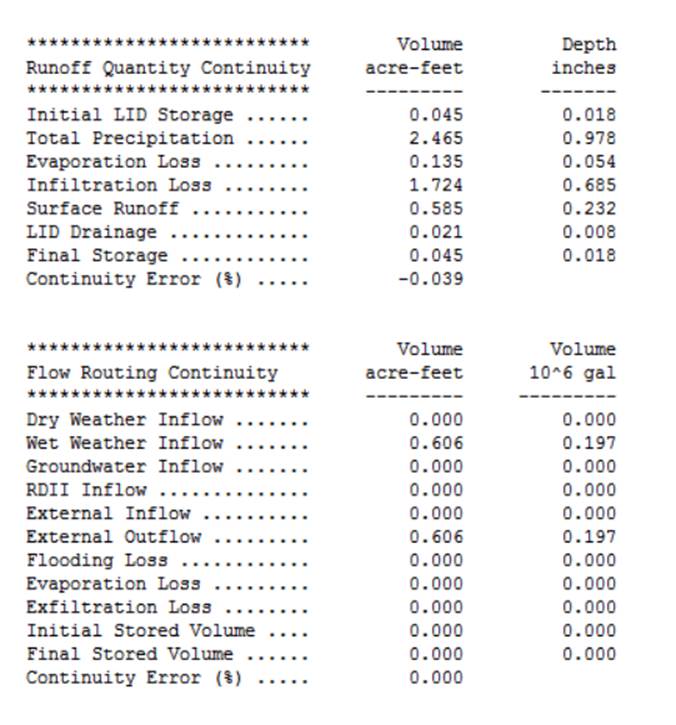
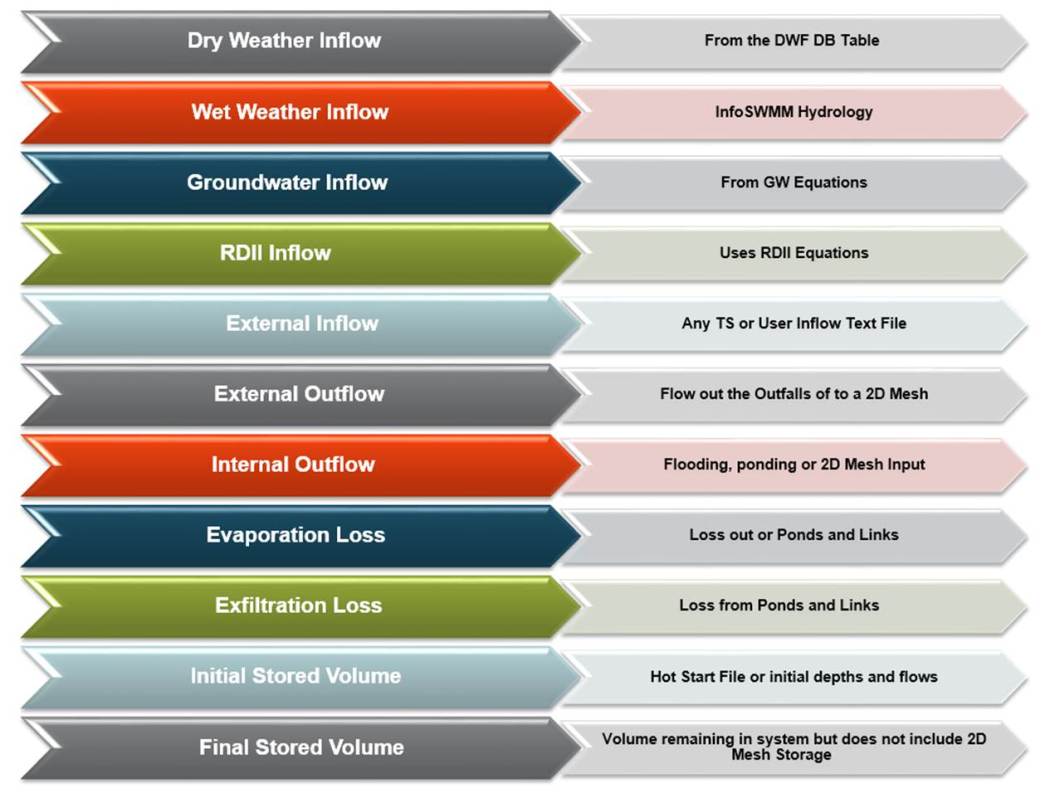










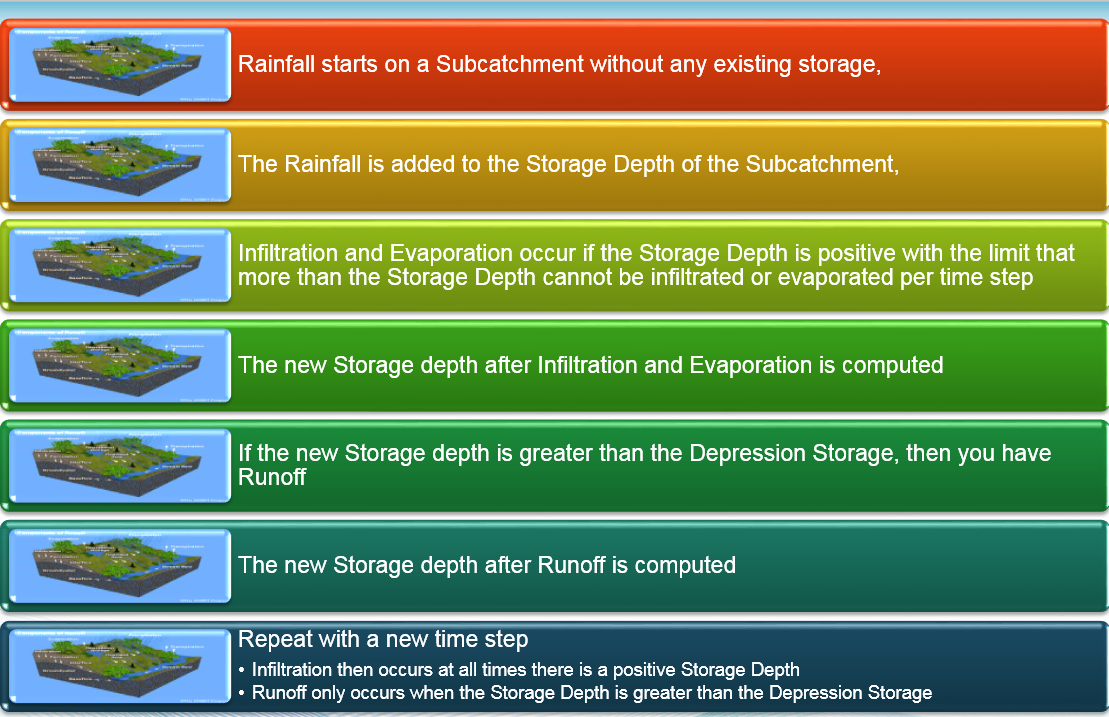
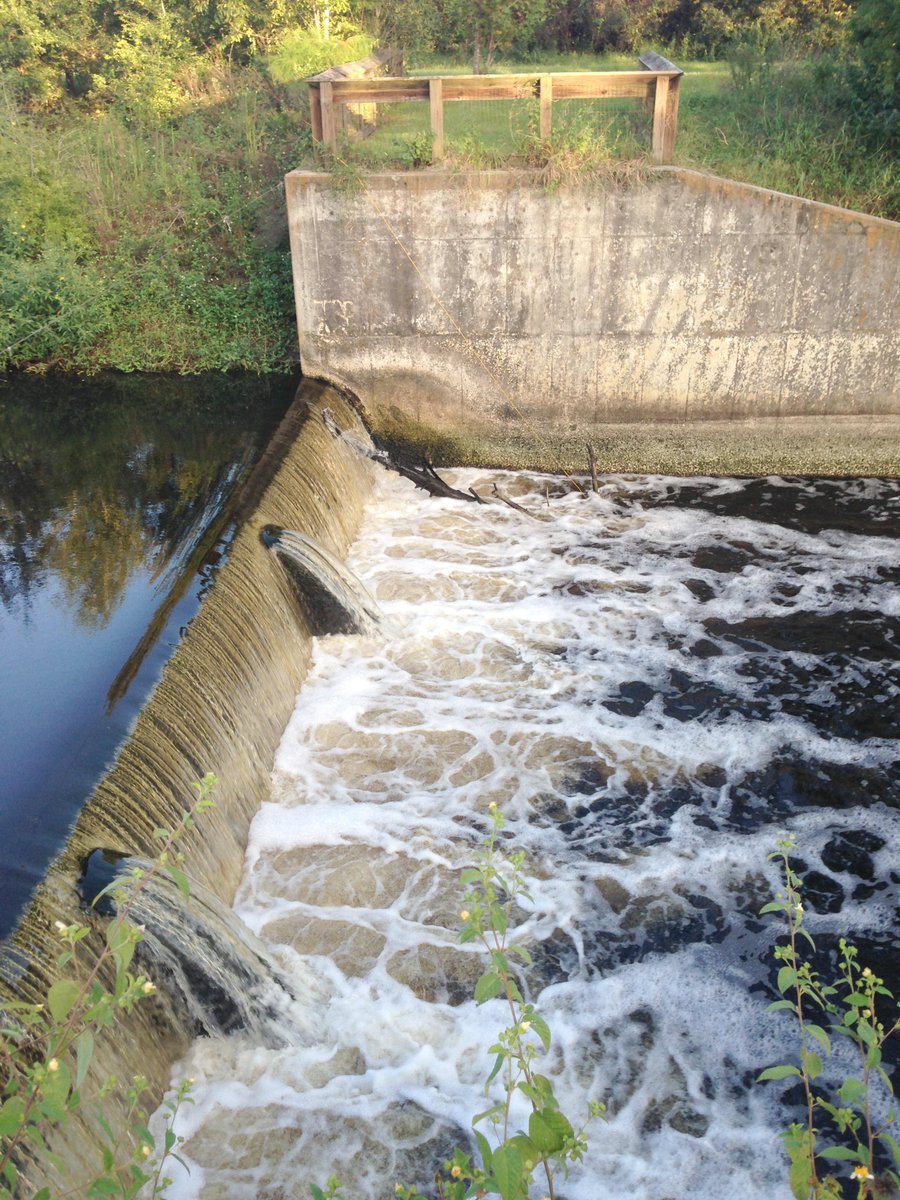

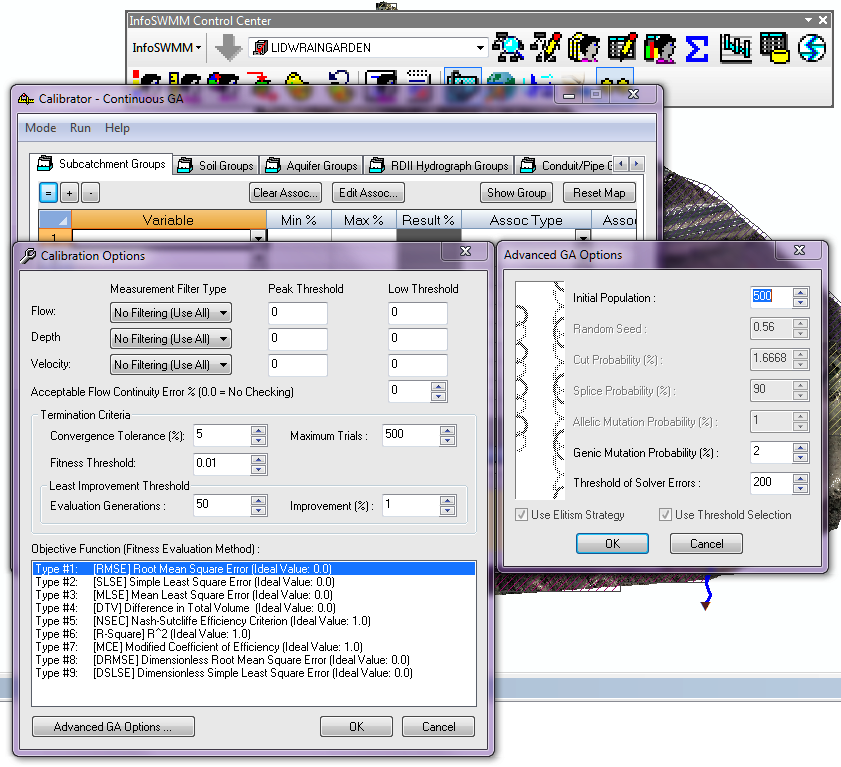
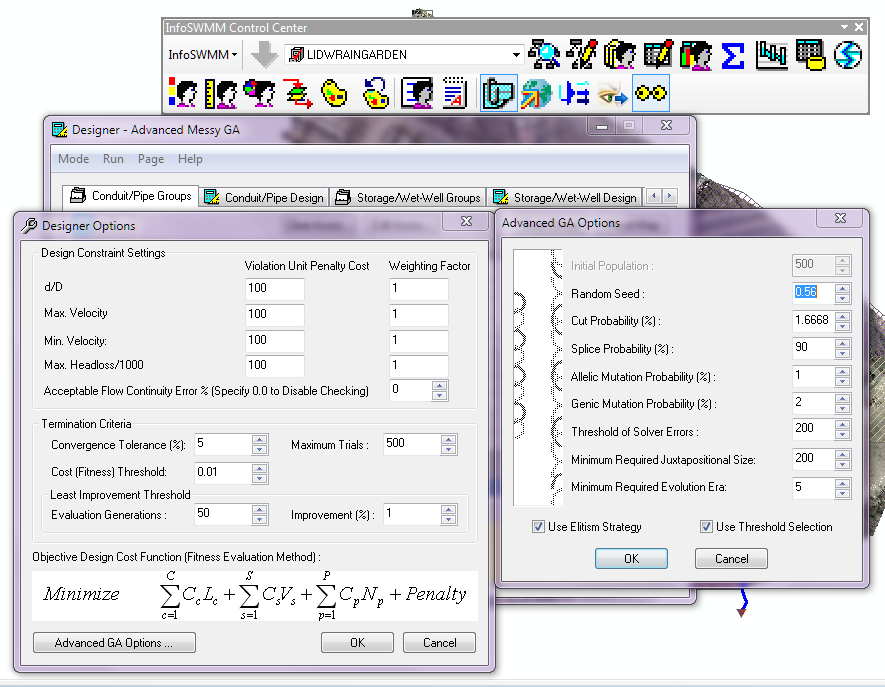

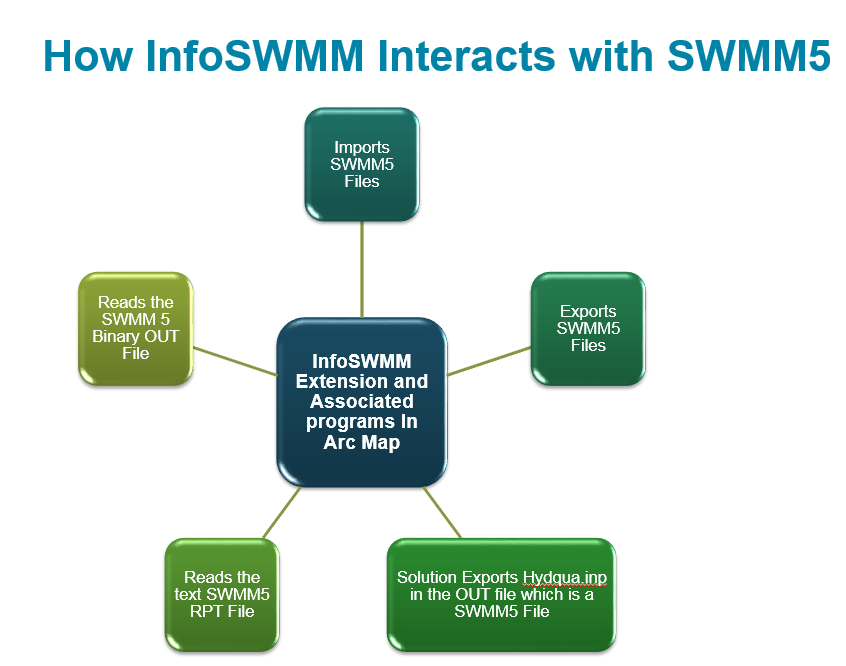
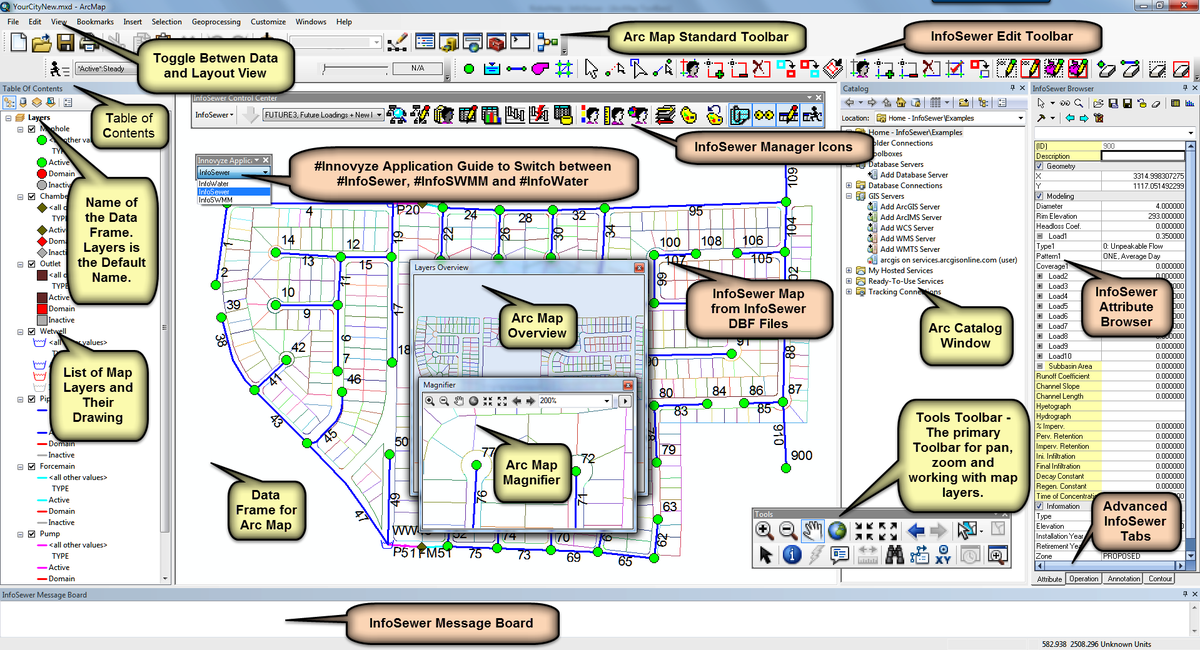
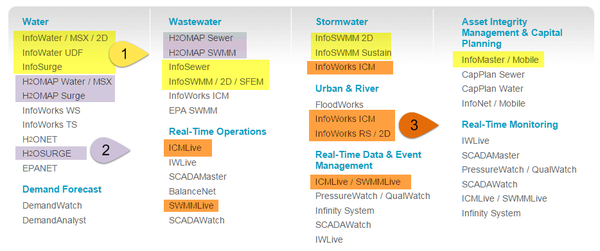
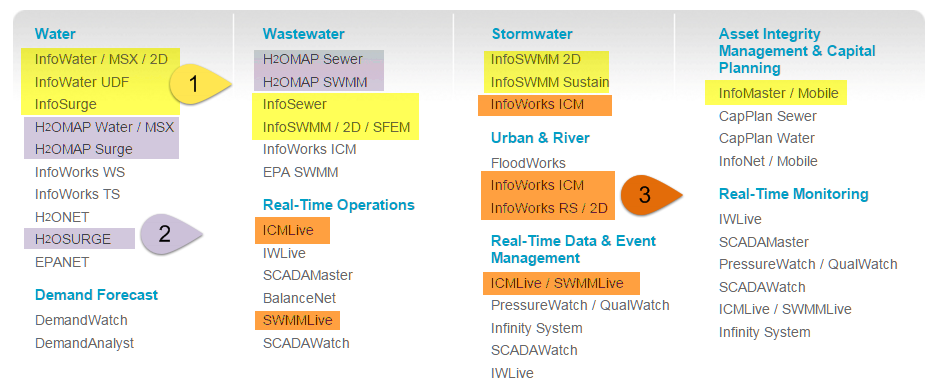
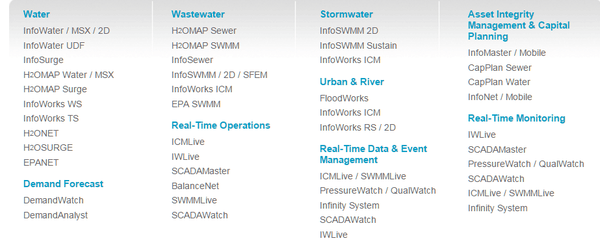
 Robert E Dickinson
Robert E Dickinson 